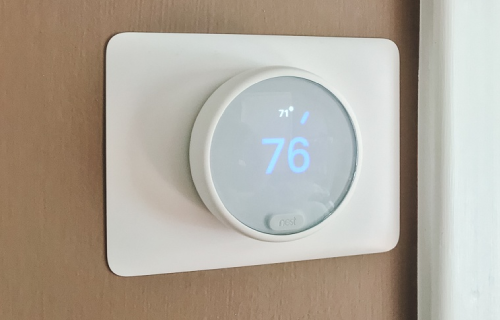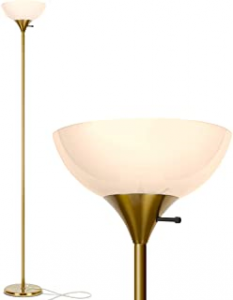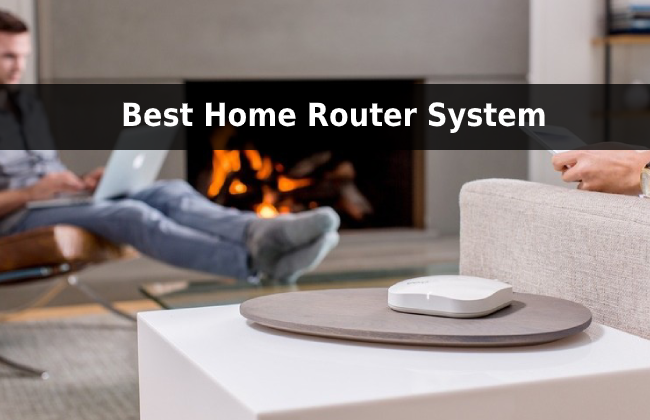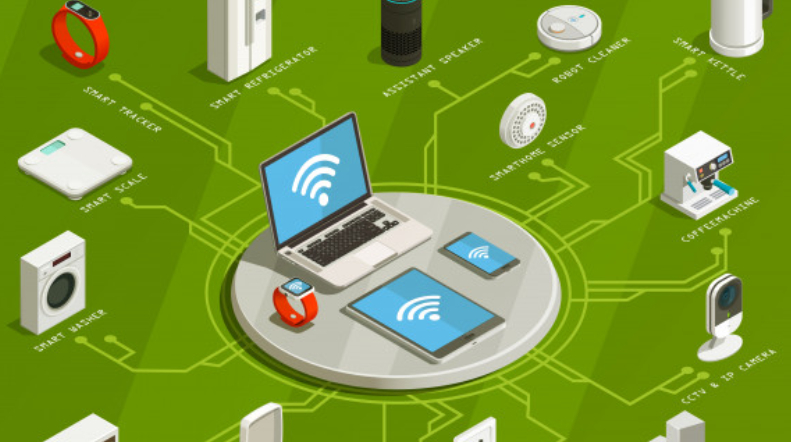Is It Necessary to have Thermostat in Every Room – If you need more control over your home’s temperature or have some nasty cold spots that need to be regulated, you might keep wondering if it is necessary to install a thermostat in individual rooms.
Well, for a few reasons, you don’t need to be. To start with, it is reaching to be tremendous in terms of expenses, including the costs required to arrive at a benefit proficient for the establishment. Distinctive indoor regulators introduced over the room can lead to specialized glitches, particularly once you accidentally depend on the extent of a rookie.
If you are on a budget but still don’t want to trade efficient cooling and heating for costs, then a smart room thermostat could be the answer.
Smart room indoor regulators are great choices since you don’t get to fit an indoor regulator in each room. Instep, you’ll require sensors. This temperature control alternative disposes of the fetched of buying and introducing different indoor regulators. That said, let’s consider the benefits of these Smart room thermostat gadgets, at that point we go on to see a number of units that may culminate for your home.
Is It Necessary to have Thermostat in Every Room – Benefits of a Smart Room Thermostat
Compared with regular programmable thermostats, this Smart room thermostat offers a lot more advantages, including efficiency, energy-saving, and adaptability.
1. Efficiency
In spite of the fact that programmable thermostats are customizable and help save energy, they are not as efficient and high-tech as smart units. For example, they don’t offer remote access. You must physically be there to effect temperature changes as the requirement evolves. Even a few homeowners found the programmable units to be clunky and difficult to use.
Smart room thermostats, on the other hand, provide more than temperature control and energy savings. Through specialized communication systems such as a separate hub and the Zigbee/Z-wave protocol, they can be monitored and controlled from mobile or desktop devices.
And integration with smart home platforms like Apple Homekit, Google Home, and Amazon Alexa means you can use voice assistants and lots more. Undoubtedly, if you choose a thermostat that is compatible with your heating and cooling system, you’ll enjoy more comfort in your home.
2. Energy Savings
To heat a room, energy is required. And the more energy used in heating and cooling a home, the higher the utility bills. That’s why you need an effective system to heat your home to a comfort level, saving money in the process. And here is where a smart thermostat comes in.
Through a sensor, these devices can detect occupancy. This allows the system to supply heating and cooling only when needed and saves as much energy as possible when you are away or even when sleeping.
The extent, however, to which these temperature control devices save energy depends on your location, the size of your home, temperature settings, and the type of your heating system.
Another way his thermostat saves money is by eliminating the use of several thermostats. With one thermostat coupled with multiple sensors, you can adjust and control your home’s temperature.
3. Artificial intelligence
A smart thermostat can learn your settings preferences and temperature schedules. Through built-in learning algorithms, they can help set better and more efficient schedules.
Also, through geofencing capabilities or third-party integration, these smart temperature control devices can detect when you are at home and frequently use areas to better manage energy. The system can also understand the time it takes to heat individual rooms based on the historical data from your home and outside temperature.
What to Consider Before Buying a Smart Thermostat
The first step is to research the thermostat most suited for your home. Low voltage cooling and heating systems, including boilers, heat pumps, and furnaces are widely used.
It’s no fun obtaining a unit designed for a high voltage heating system only to find out your home runs on a low voltage framework. So, guarantee the thermostat can control your appliances.
To determine the compatibility of a unit, check either online reviews or the manufacturer’s website for product specifications and installation instructions.
Smart Room Thermostats
The two units reviewed below are ones enabled for multi-room use. This means you don’t have to fit a thermostat in individual rooms.
1. Ecobee 4 Smart Thermostat
Ecobee 4 features a multi-zone control. It comes with a sensor and supports up to 32 sensors. To adjust the temperature of individual rooms to your exact liking, you’ll need to purchase additional sensors for all the rooms.
The sensors can detect occupancy. This helps keep the room temperature as low as possible for as long as possible, so you don’t have to continue heating empty rooms. And this also provides more savings on your electric bills.
With a mic and Alexa voice service in-built, you can use the voice command to set temperature and do lots more. Other smart home platforms supported by Ecobee 4 are Apple HomeKit, Google Assistant, IFTTT, and Samsung SmartThings.
The unit is hardwired and does not require battery power. That means extra dollars for electrical installation. The long-term savings, however, is a plus.
2. Google Nest Learning Thermostat
Google Nest is also an excellent choice for multi-zone and smart climate control. The device can learn your temperature habits and preferences and use that to automatically create schedules for you. For hands-free control, you’ll have to purchase the Alexa and Google assistant devices separately.
To adjust the temperature from your mobile device or laptop, the Nest thermostat can be connected to Wi-Fi. Google Nest also features a big display screen that lets you see the temperature clearly from anywhere in the room, which is a plus.
Wrap Up – Is It Necessary to have Thermostat in Every Room
With a smart thermostat, you don’t have to purchase multiple thermostats before you can take charge of your home’s heating and cooling system. With accompanying sensors, smart units let you adjust the temperature of individual rooms in your home from a central unit.
Also, when compared with programmable thermostats, these heating and cooling devices are more efficient. They also help save on energy and electricity bills.
If you want to take charge of your home climate control without worrying about the costs and hassles of multiple thermostats, smart thermostats would be the best choice.
Read our blog for more smart home ideas!
Related Resources:

 16278
16278
 (9 votes, average: 4.78 out of 5)
(9 votes, average: 4.78 out of 5)


